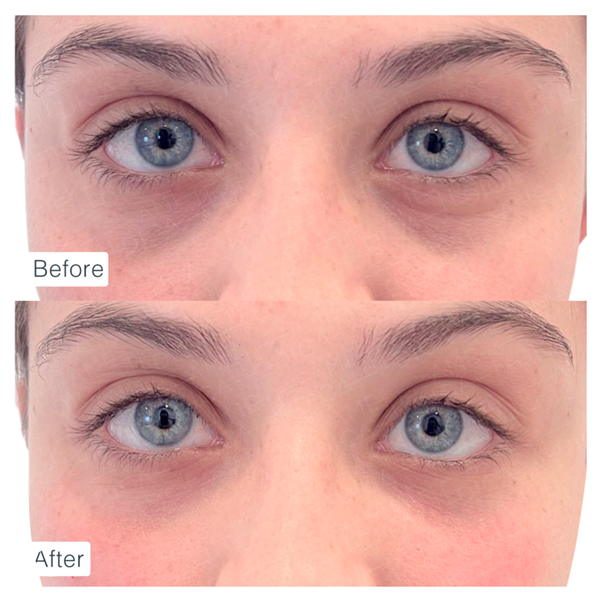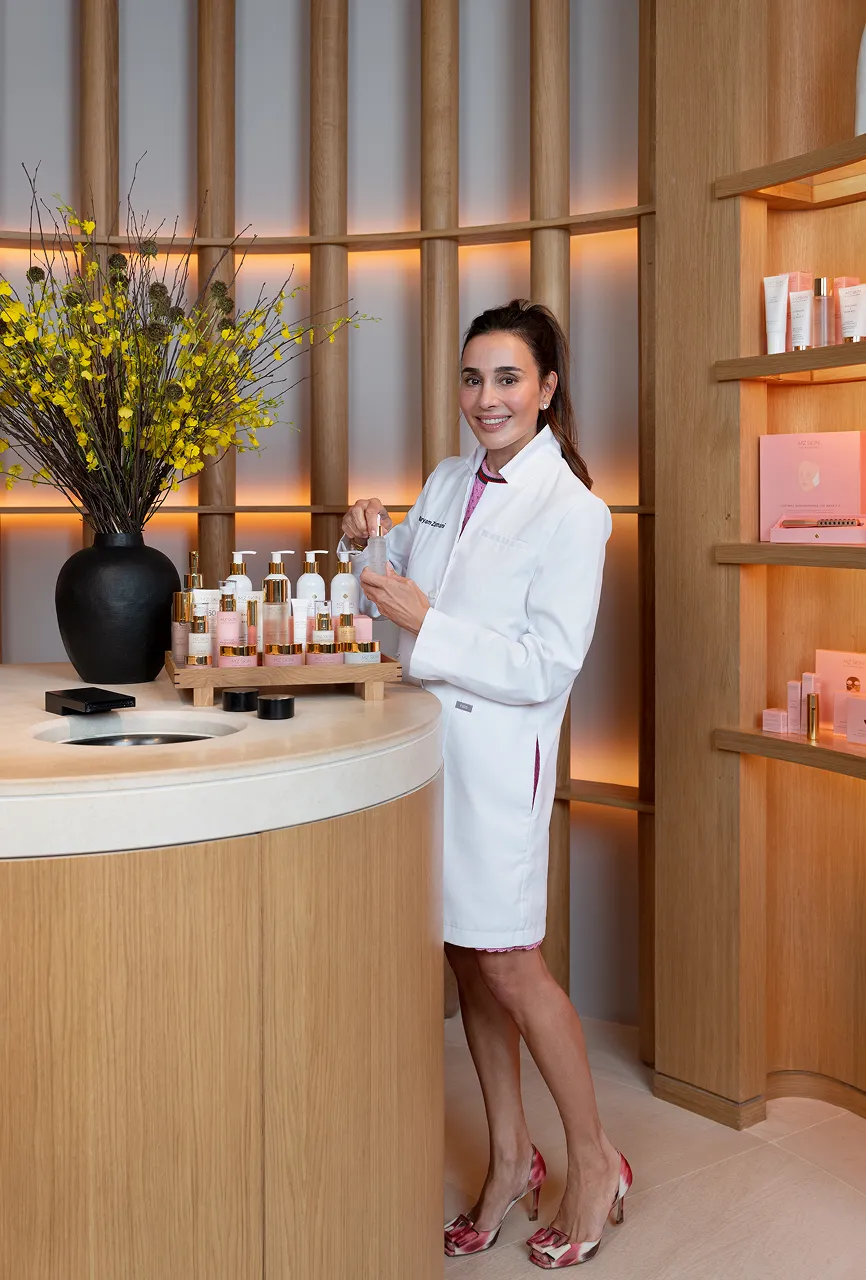The Summer Skin Myth — Why Your Eye Area Ages Fastest (And What to Do About It)

Your eyes are the first to show signs of aging—and summer might be accelerating the process.
Even if you are diligent with sunscreen and skincare, the area around your eyes can still age faster than the rest of your face because the skin here is uniquely thin, vulnerable, and constantly in motion. During summer, those factors become even more pronounced.
Here is what you should know about how the sun, squinting, and seasonal stress can affect your eyes—and what you can do to prevent or reverse the damage.
Why the eye area is more prone to aging?
The eye area is exposed to daily environmental stress. Add strong summer sun, dryair, and increased movement from squinting or smiling, and it’s easy to see whythis skin often ages first.
Key reasons include:
- The skin around the eyes is extremely thin and has fewer oil glands, making it more prone to dehydration and wrinkling
- Collagen and elastin break down faster here due to UV exposure and oxidative stress
- Repetitive muscle movements—blinking, smiling, and squinting—lead to dynamic wrinkles
- Most people under-apply SPF near the eyes or skip it altogether due to sensitivity
Overtime, these factors lead to fine lines, crow’s feet, pigmentation, puffiness,and skin laxity.
The science of sun damage around the eyes
Ultra violet light speeds up a process called photoaging. This means the breakdown ofcollagen, elastin, and hyaluronic acid in the skin. The result is thinner,drier, and more fragile skin that shows wrinkles earlier and more prominently.
Sun exposure can also worsen pigmentation, especially under the eyes where the skin is already translucent. In darker skin types, even minimal exposure can lead toun even tone or stubborn dark circles.
How to protect the eye area in summer
Daily prevention makes a significant difference, especially in warmer months. Small changes in routine can help maintain brightness, firmness, and even tone.
Try to:
- Wear high-quality sunglasses that block both UVA and UVB rays
- Use a broad-spectrum SPF formulated for sensitive areas, ideally mineral-based
- Apply an antioxidant-rich eye serum with ingredients like vitamin C or niacinamide to help defend against UV-induced stress (Of course I love my Brighten & Perfect 10% Vitamin C corrective Serum)
- Stay hydrated and sleep well—fatigue and dehydration exaggerate under-eye shadows
Corrective treatments for sun-exposed eyes
If you’re already noticing lines, hollowness, or pigmentation around the eyes, there are non-surgical options that can restore a fresher appearance without the need for downtime.
Popular treatments include:
- Hyaluronic acid filler to soften tear troughs and reduce shadowing
- Neuromodulators like Botox or Dysport to relax muscles causing crow’s feet and eyebrow heaviness
- Light resurfacing or brightening treatments to address tone and texture. Moxi is a favourite in the office sometimes in combination with a stronger laser
- Targeted skin boosters to improve hydration and elasticity
The best approach depends on your skin type, degree of sun damage, and overallgoals. A personalised consultation will determine which treatments are bestsuited to you.
Why now is the right time to take action
Summer can highlight imperfections—but it also offers the perfect motivation to start preventive care. Whether you’re heading into another sunny holiday or preparing for post-summer recovery, now is the time to protect and refresh the delicate skin around your eyes
If your eye area is showing signs of sun damage or early aging, create a treatment plan that is right for your skin and keep your eyes looking bright, rested, and confident.
Testimonials
Trustindex rating score: 4.7 of 5, based on 222 reviews
.avif)



